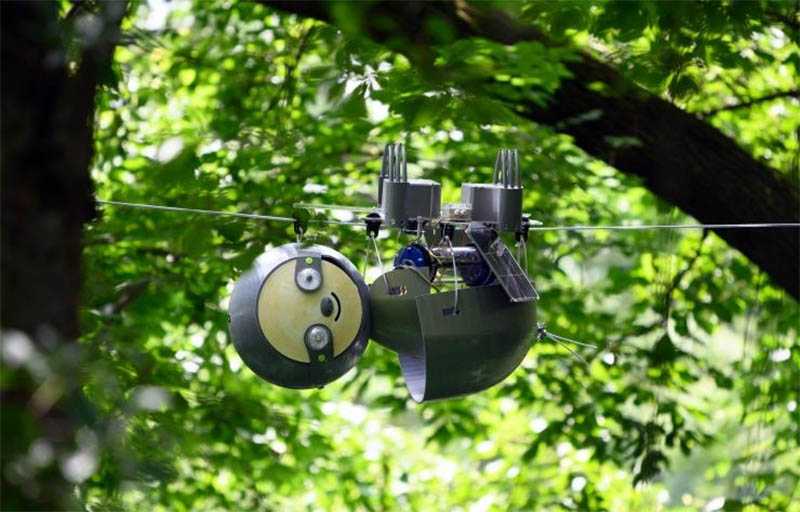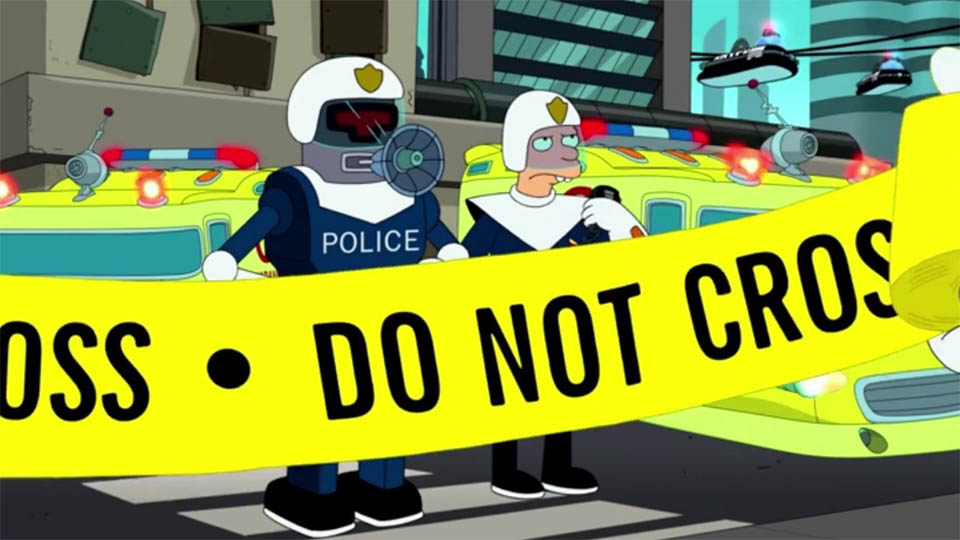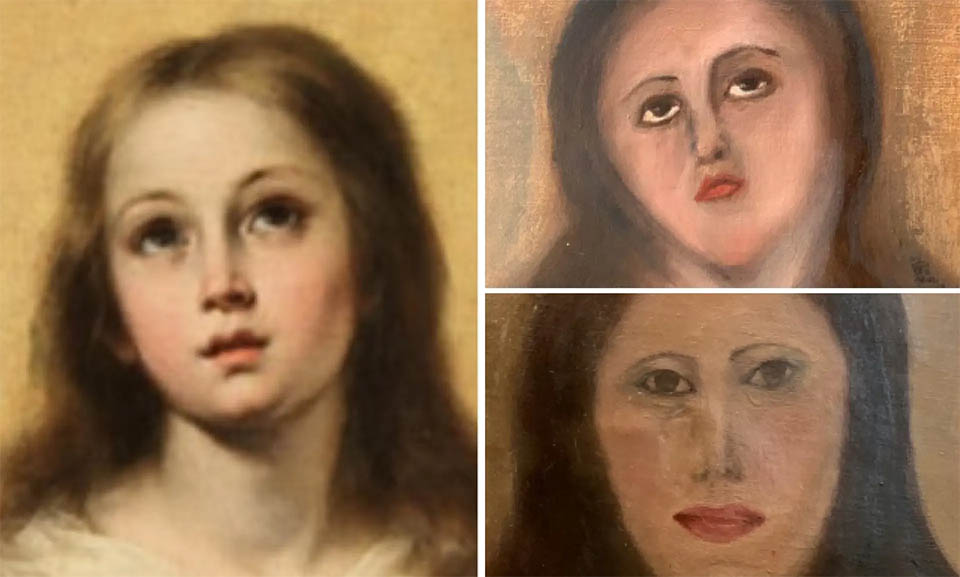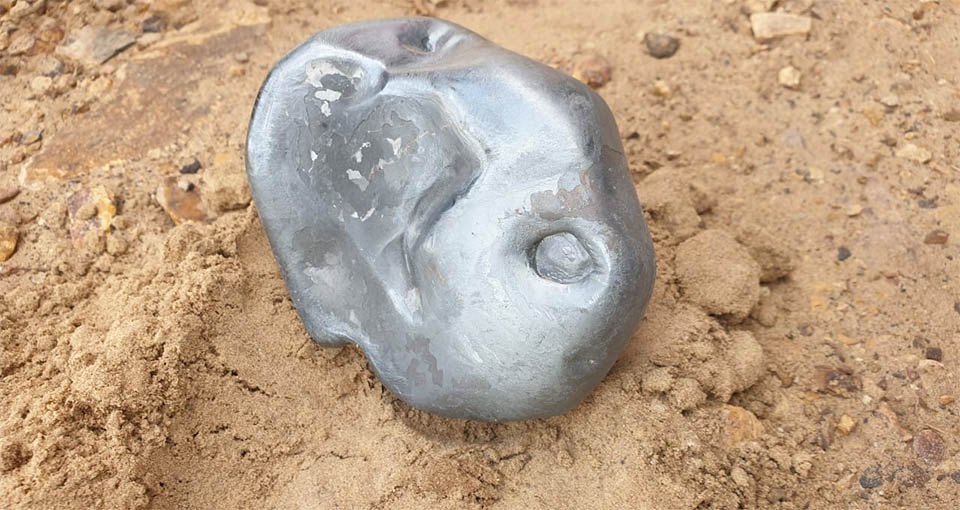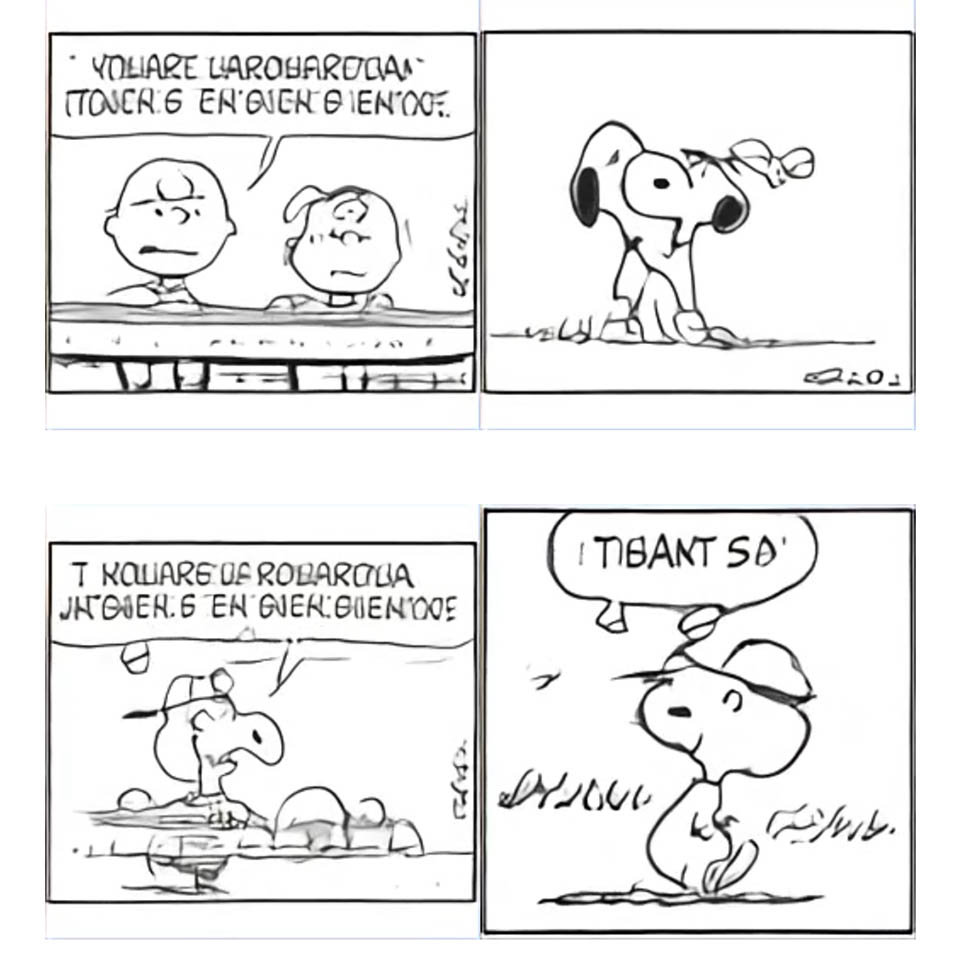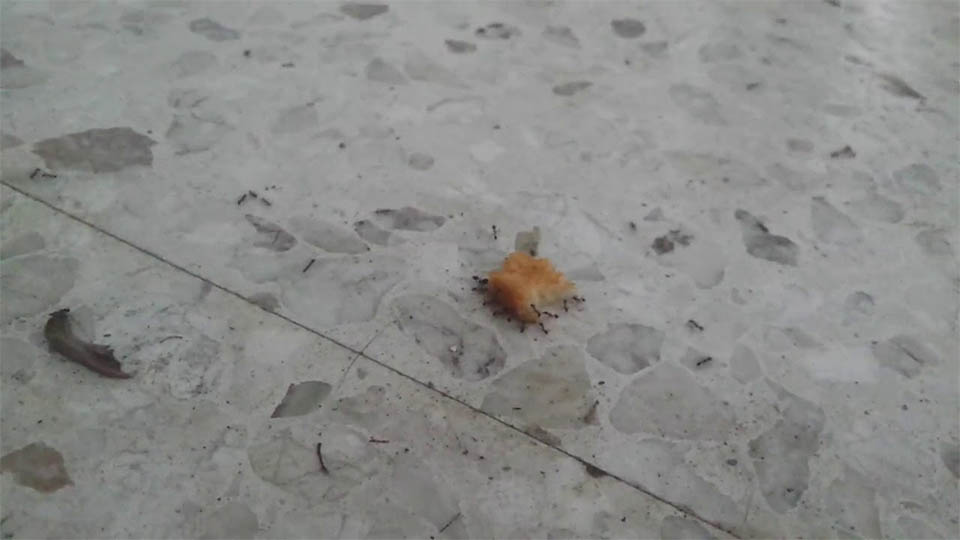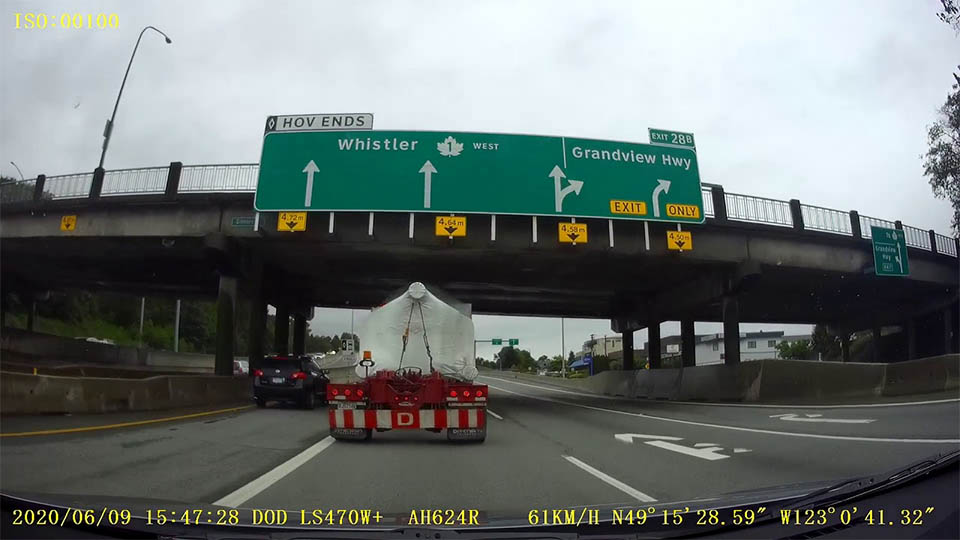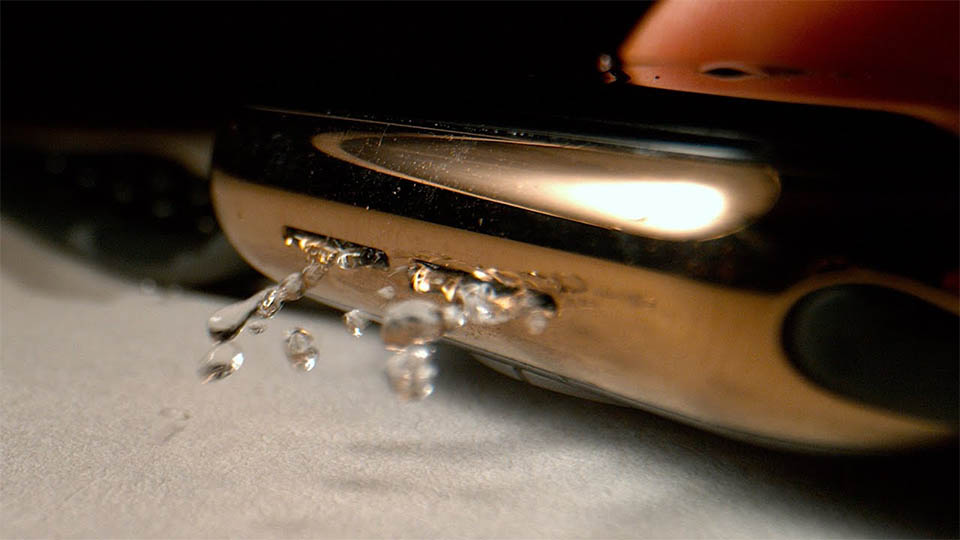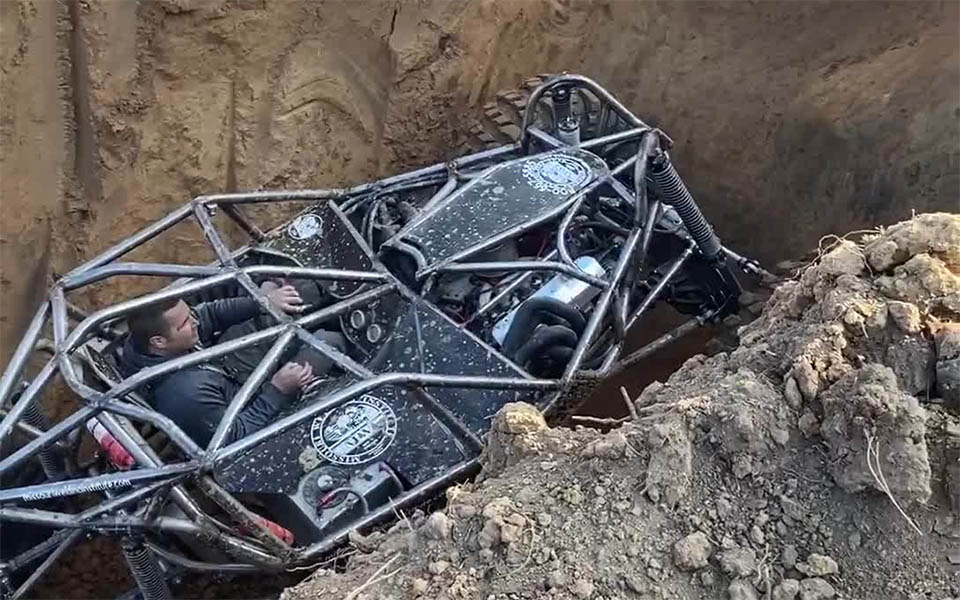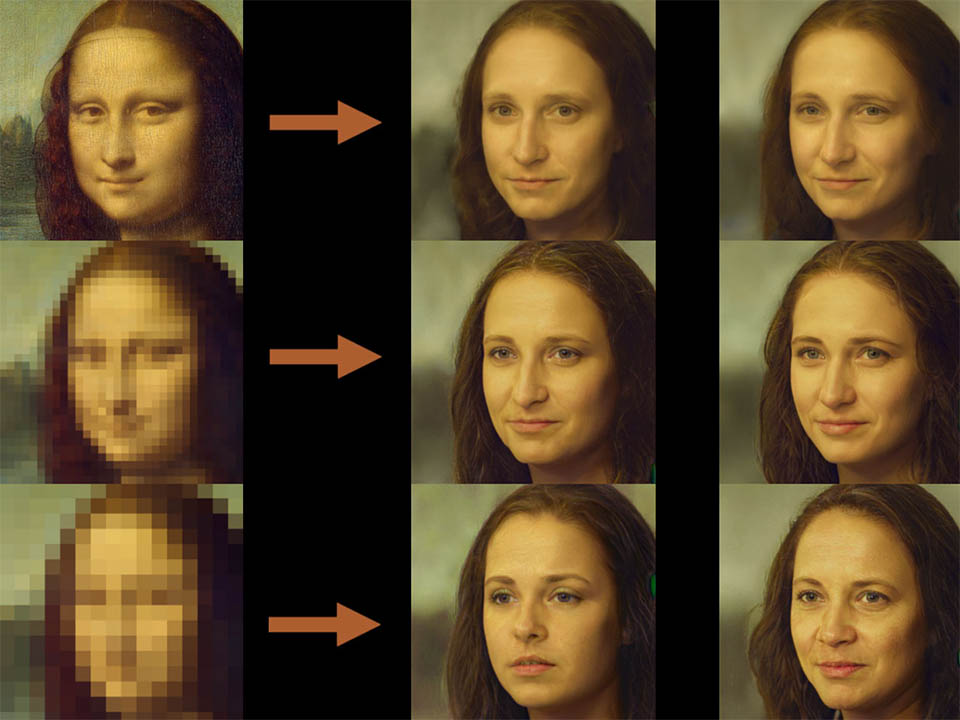
In news surprising only to CSI writers, AI researchers have discovered there is an inherent resolution limit to “upsampling” pixelated faces.
Duke University researchers have created an AI algorithm (“PULSE”) that pixelates an uploaded picture of a human face and then explores the range of possible (computer-generated) human faces that could produce that pixelated face.
For starters, Rudin said, “We kind of proved that you can’t do facial recognition from blurry images because there are so many possibilities. So zoom and enhance, beyond a certain threshold level, cannot possibly exist.”
“A lot of algorithms in the past have tried to recover the high-resolution image from the low-res/high-res pair,” Rudin said. But according to her, that’s probably the wrong approach. Most real-world applications of this upsampling problem would involve having access to only the low-res original image. That would be the starting point from which one would try to recreate the high-resolution equivalent of that low-res original.
“When we finally abandoned trying to come up with the ground truth, we then were able to take the low-res [picture] and try to construct many very good high-res images,” Rudin said.
So while PULSE looks beyond the failure point of facial recognition applications, she said, it may still find applications in fields that grapple with their own blurry images–among them, astronomy, medicine, microscopy, and satellite imagery.
So basically no matter how good our AI gets, we’ll never be able to achieve bad-TV-levels of zooming and enhancing. But how about hacking? Will AI ever let us get to a point where we can just randomly bash on a keyboard and achieve elite levels of hacking?
Keep going for some more samples, as well as examples of how problematic the AI can be depending on biased training data.
Source: Geekologie – Researchers discover resolution limit to “upsampling” of pixelated faces




